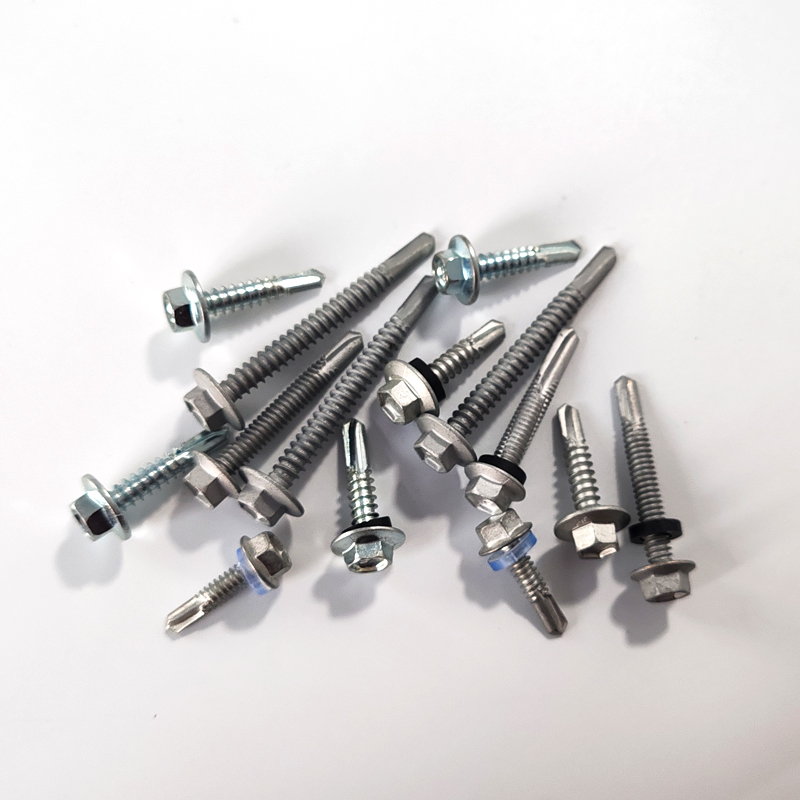steel shear studs
Understanding Steel Shear Studs An Overview
Steel shear studs are vital components in modern construction, particularly in composite structures where steel and concrete work together to maximize load-bearing capacity. These studs are typically welded to steel beams to create a mechanical bond with the concrete slab poured on top. This article delves into the purpose, types, installation methods, and advantages of steel shear studs in construction.
Purpose of Steel Shear Studs
The primary function of steel shear studs is to improve the shear connection between the steel beam and the concrete slab. In composite constructions, the structural integrity depends on the effective transfer of loads between the two components. Steel shear studs achieve this by preventing the concrete from sliding off the beam under various loads and ensuring that the concrete and steel act as a unified system. When designed and installed correctly, shear studs contribute to both the strength and stability of composite beams, enhancing the overall performance of the building.
Types of Steel Shear Studs
There are several types of shear studs available in the market, but the most commonly used are headed shear studs. These studs are typically made of high-strength steel and feature a large head that helps to create a robust connection with the concrete. The design and dimensions of shear studs can vary depending on the specific requirements of a project, including factors such as load demands, beam size, and the concrete thickness. Other variations include different coatings and treatments to improve corrosion resistance, particularly in environments prone to moisture or chemical exposure.
Installation Methods
The installation of steel shear studs is a critical stage in the construction process. The most common method used is the arc-welding technique, where coordinated heat is applied to create a strong bond between the stud and the steel beam. This process requires skilled labor and adherence to safety regulations to ensure the quality of the welds.
steel shear studs

The proper placement of shear studs follows engineered specifications, determining how many studs are needed and their spacing along the beam. Misplacement or insufficient stud quantity may lead to inadequate load transfer, compromising structural safety. After installation, a concrete slab is poured over the studs, creating an effective composite system.
Advantages of Using Steel Shear Studs
The incorporation of steel shear studs in construction offers several distinct advantages. First and foremost, they enhance the load-carrying capacity of structures by allowing for effective load transfer between steel and concrete. This synergy leads to reduced deflection, which is crucial for maintaining structural integrity.
Additionally, using shear studs can result in lighter construction compared to conventional systems. By optimizing the use of materials, shear studs allow for thinner concrete slabs while still meeting load requirements, ultimately enhancing overall efficiency.
Furthermore, the use of steel shear studs can lead to faster construction times. Since the studs are welded directly to the beams, the need for additional base plates or mechanical connectors is minimized. As a result, the construction process can proceed more smoothly, reducing labor costs and project durations.
Conclusion
Steel shear studs play a crucial role in enhancing the strength and stability of composite structures in modern construction. By ensuring effective load transfer between steel and concrete, these studs contribute significantly to the overall performance of a building. Their benefits, including increased load capacity, material efficiency, and faster construction, highlight their importance in the engineering and architectural fields. Understanding the functionality and application of steel shear studs is essential for professionals involved in the design and construction of durable and safe structures.
-
Weatherproof Plastic Expansion Anchors for OutdoorNewsJun.06,2025
-
Sustainability in the Supply Chain: Eco-Friendly TEK Screws ProductionNewsJun.06,2025
-
Load-Bearing Capacity of External Insulation FixingsNewsJun.06,2025
-
Double Head Bolts: Enhancing Efficiency in Industrial MachineryNewsJun.06,2025
-
Corrosion Resistance in Chipboard Screws: Coatings for Wholesale DurabilityNewsJun.06,2025
-
Butterfly Toggle Bolts : Enhancing Structural ResilienceNewsJun.06,2025
